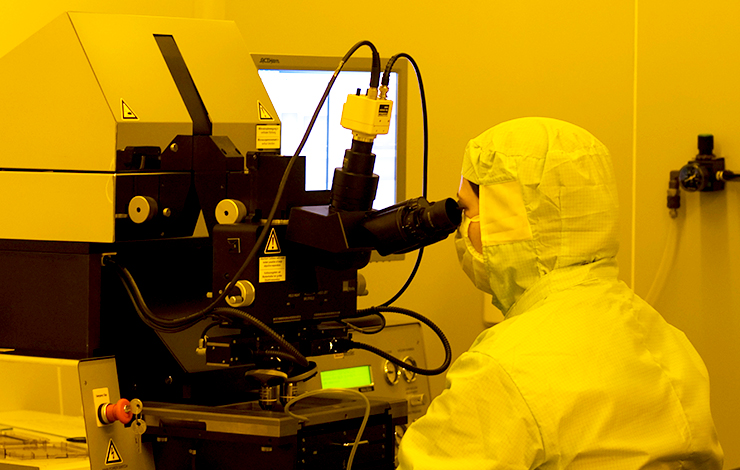


Interpreting anomalies observed in oxide semiconductor TFTs under negative and positive bias stress
| Title | Interpreting anomalies observed in oxide semiconductor TFTs under negative and positive bias stress |
| Publication Type | Journal Article |
| Year of Publication | 2016 |
| Authors | Jin JW a, Nathan A b, Barquinha P c, Pereira L c, Fortunato E c, Martins R c, Cobb B d |
| Journal | AIP Advances |
| Volume | 6 |
| ISSN | 21583226 |
| Keywords | Anomalous behavior, Charge migration, Charge trapping/detrapping, Dielectric materials, Electron-donating, Gate dielectrics, Instantaneous polarization, Oxide semiconductor thin film transistors, Oxide semiconductors, Positive gate bias, Reconfigurable hardware, Thin film transistors, Threshold voltage, Trapping/detrapping |
| Abstract | Oxide semiconductor thin-film transistors can show anomalous behavior under bias stress. Two types of anomalies are discussed in this paper. The first is the shift in threshold voltage (VTH) in a direction opposite to the applied bias stress, and highly dependent on gate dielectric material. We attribute this to charge trapping/detrapping and charge migration within the gate dielectric. We emphasize the fundamental difference between trapping/detrapping events occurring at the semiconductor/dielectric interface and those occurring at gate/dielectric interface, and show that charge migration is essential to explain the first anomaly. We model charge migration in terms of the non-instantaneous polarization density. The second type of anomaly is negative VTH shift under high positive bias stress, with logarithmic evolution in time. This can be argued as electron-donating reactions involving H2O molecules or derived species, with a reaction rate exponentially accelerated by positive gate bias and exponentially decreased by the number of reactions already occurred. © 2016 Author(s). |
| URL | https://www.scopus.com/inward/record.uri?eid=2-s2.0-84984677284&doi=10.1063%2f1.4962151&partnerID=40&md5=e53f3bab39bae89a62f6786075b9a766 |
| DOI | 10.1063/1.4962151 |








